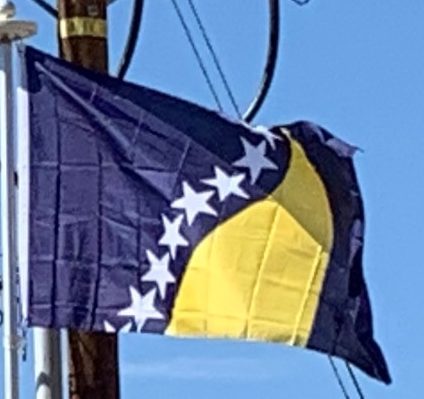There are seven major rivers in Bosnia and Herzegovina:
The Sava is the largest river of the country, and forms its northern natural border with Croatia. It drains 76% of the country’s territory into the Danube and then the Black Sea.
The Una, Sana and Vrbas are right tributaries of Sava river. They are in the northwestern region of Bosanska Krajina.
The Bosna river gave its name to the country, and is the longest river fully contained within it. It stretches through central Bosnia, from its source near Sarajevo to Sava in the north.
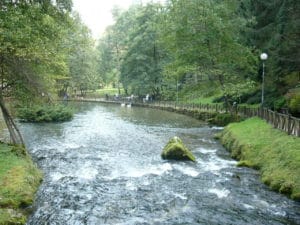
The Drina flows through the eastern part of Bosnia, and for the most part it forms a natural border with Serbia.
The Neretva is the major river of Herzegovina and the only major river that flows south, into the Adriatic Sea.
Economy:
During the Bosnian War, the economy suffered €200 billion in material damages. Bosnia and Herzegovina faces the dual-problem of rebuilding a war-torn country and introducing transitional liberal market reforms to its formerly mixed economy. One legacy of the previous era is a strong industry; under former republic president Džemal Bijedić and SFRY President Josip Broz Tito, metal industries were promoted in the republic, resulting in the development of a large share of Yugoslavia’s plants; S.R. Bosnia and Herzegovina had a very strong industrial export oriented economy in the 1970s and 1980s, with large scale exports worth millions of US$.
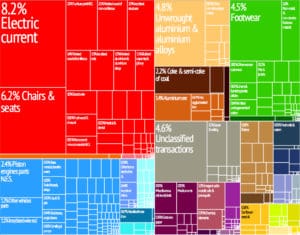
For most of Bosnia’s history, agriculture has been conducted on privately owned farms; Fresh food has traditionally been exported from the republic.
The war in the 1990s, caused a dramatic change in the Bosnian economy.
The national currency is the (Euro-pegged) Convertible Mark (KM), controlled by the currency board.
Transportation:
Sarajevo International Airport, also known as Butmir Airport, is the main international airport in Bosnia and Herzegovina, 3.8 miles southwest of the Sarajevo main railway station in the city of Sarajevo in the suburb of Butmir.
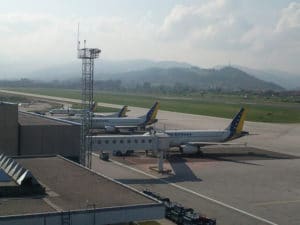
Railway operations in Bosnia and Herzegovina are successors of the Yugoslav Railways within the country boundaries following independence from the Former Yugoslavia in 1992.
Flag of Bosnia and Herzegovina:
The flag of Bosnia and Herzegovina contains a wide medium blue vertical band on the fly side with a yellow right triangle abutting the band and the top of the flag. The remainder of the flag is medium blue with seven full five-pointed white stars and two half stars top and bottom along the hypotenuse of the triangle.
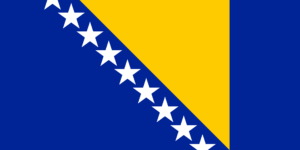
The three points of the triangle stand for the three main ethnic groups (or “constituent peoples”) of Bosnia and Herzegovina: Bosniaks, Croats, and Serbs. The triangle represents the approximate shape of the territory of Bosnia and Herzegovina. The stars, representing Europe, are meant to be infinite in number and thus they continue from top to bottom. The flag features colors often associated with neutrality and peace – white, blue, and yellow. They are also colors traditionally associated with Bosnia. The blue background is suggestive of the flag of Europe.
